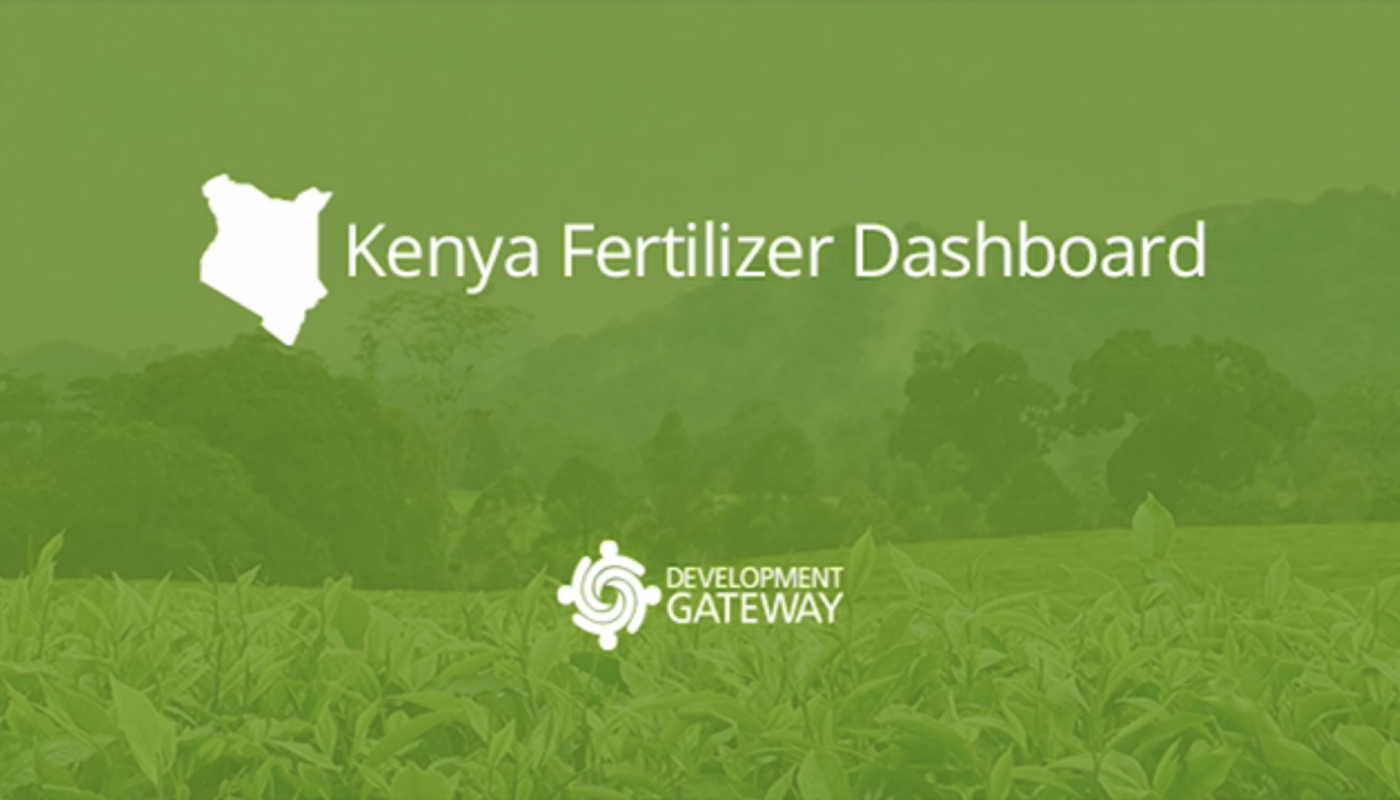Posts categorized Data Use
Page 4
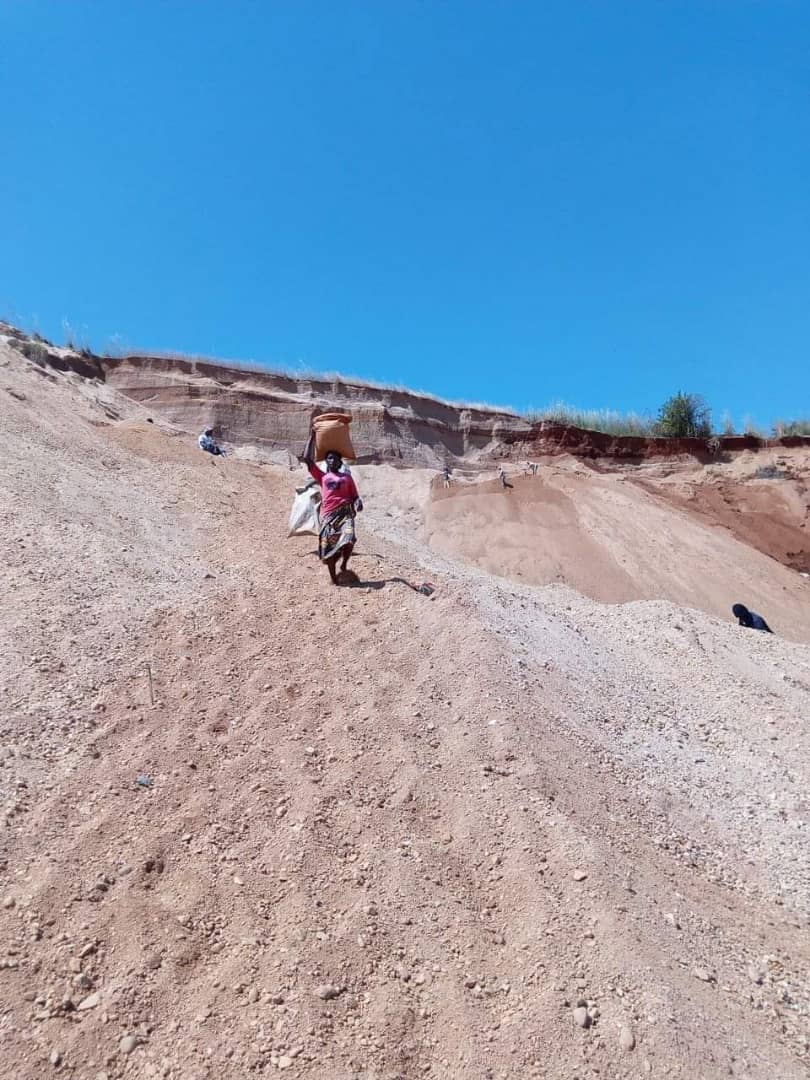
A Reflection on the State of Extractive Industry Data
In the past few years, DG has increased focus on the extractives industry (EI) in West Africa and learned tremendously about the data gaps and opportunities in this sector. Overall we are seeing that while data is available, it is focused primarily on financial transparency and geared to a global audience, omitting information on local impacts and non-financial factors. A big question remains: how do we ensure that data is also used to support the communities impacted by extractives?
Understanding Fertilizer Markets through the VIFAA Kenya Dashboard
Michael Kamau, Intervention Manager for Agricultural Inputs, at Kenya Market Trust, explains how decision-making in the fertilizer sector requires data on how fertilizer markets are functioning. The new Visualizing Insights on Fertilizer for African Agriculture (VIFAA) Dashboard for Kenya provides a detailed picture of the fertilizer sector to support decision-making at all levels – and ultimately, to ensure fertilizer is available for smallholder farmers when and where they need it.
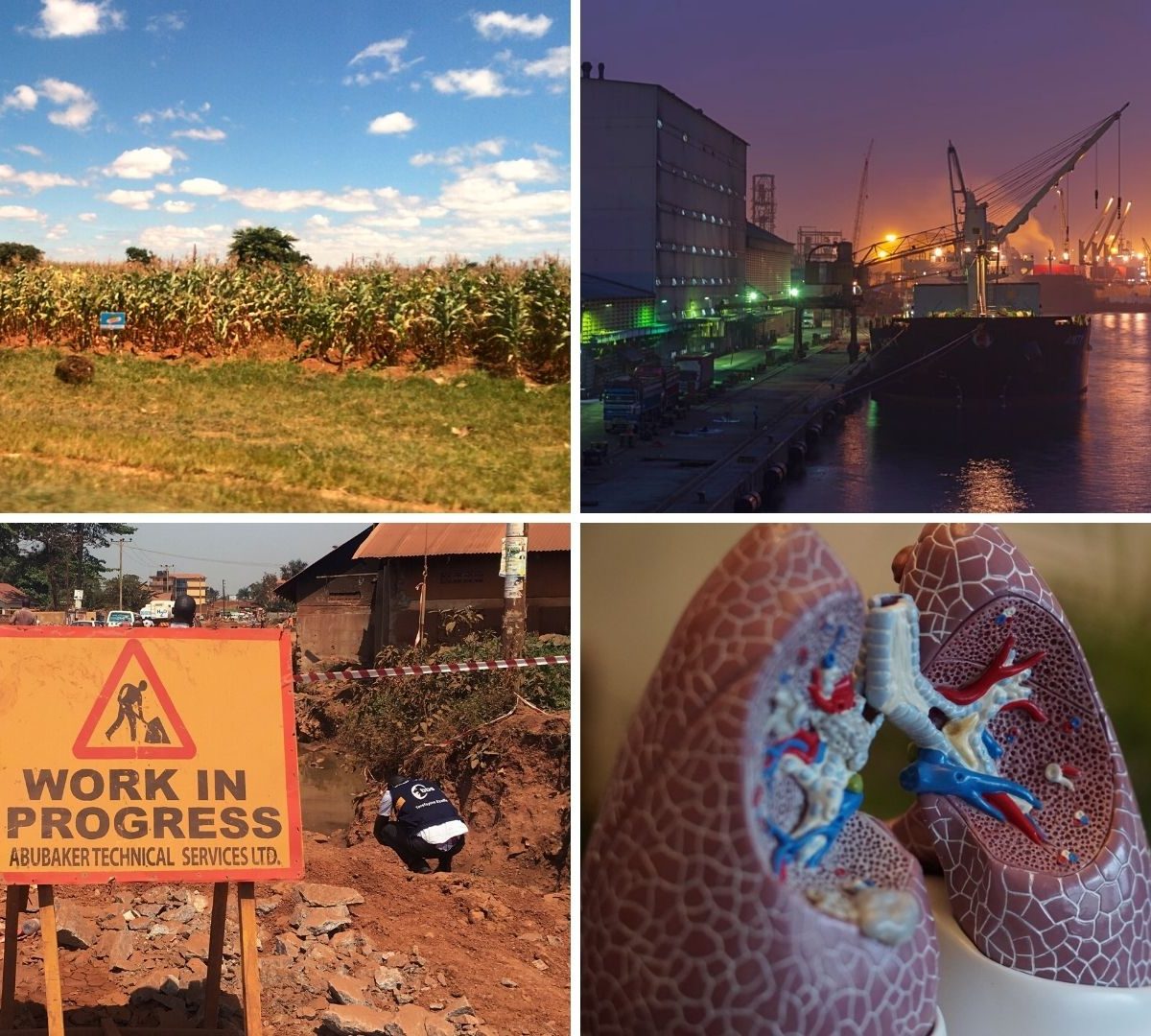
The State of Data in DG’s Work
As we review our strategy, we plan to share here much of what we’ve learned through programming in more than a dozen countries – from our work and from our excellent partners – about the state of data in agriculture, tobacco control, open contracting, and the extractive industries. For each theme, we’ll explore who are the key data users, the decisions they make, the most important data gaps, and the crucial risks of data (mis)use. Here we share previews from some of our flagship programs.

Why a Fertilizer Dashboard for Kenya?
In developing the VIFAA Kenya Dashboard, we worked in partnership with Africafertilizer.org (AFO) and the International Fertilizer Development Center (IFDC) to understand the cycle of demand, supply, and use of Kenya’s fertilizer data. Grace Chilande of AFO and IDFC provides more information on why the dashboard is needed and how it will be used.

COVID-19 Is Not Gender Neutral
As the world continues to face the effects of Covid-19, policymakers are turning to data more than ever to understand the scope of the crisis, anticipate its spread, and formulate policy decisions; but gender-disaggregated data are missing from the picture. Knowing what information is being captured and what is not could impact decision-making.
-1200x960.jpg)
Catalyzing Use of Gender Data
From our experience understanding data use, the primary obstacle to measuring and organizational learning from feminist outcomes is that development actors do not always capture gender data systematically. What can be done to change that?

What Do We Mean by “Gender Data?”
March is International Women’s History Month. Throughout the next weeks, DG will be publishing a series of blogs that highlight and honor the work that we and others are doing to support the vital role of women. We’re kicking off the series with this post, highlighting the importance of gender data.
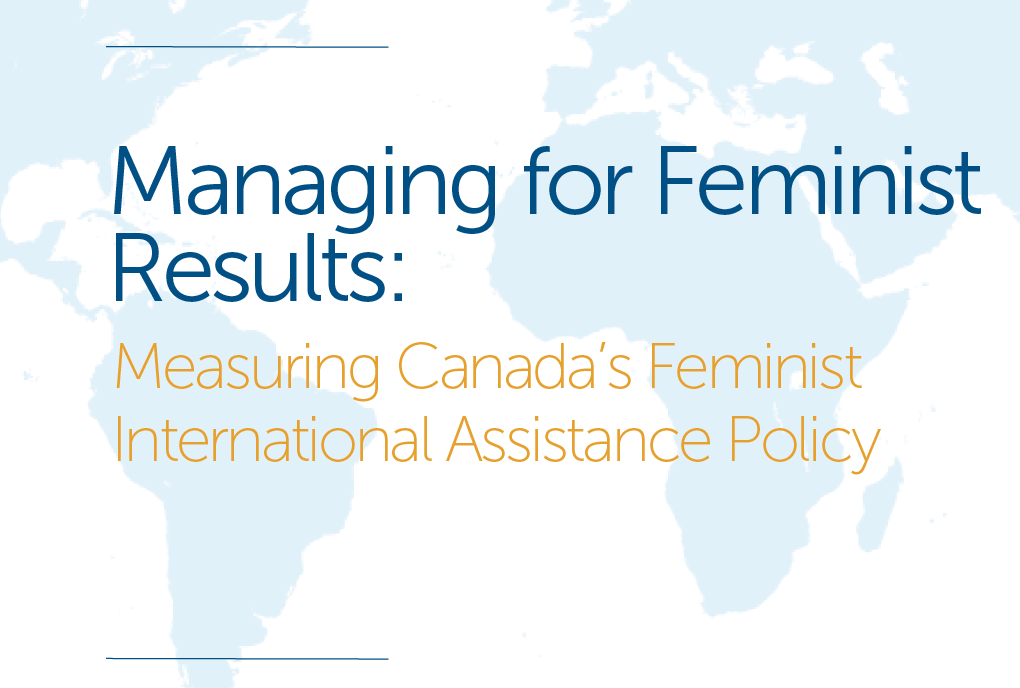
DG White Paper Release: Managing for Feminist Results
Today, Development Gateway (DG) is pleased to announce the publication of the Managing for Feminist Results: Measuring Canada’s Feminist International Assistance Policy white paper, that outlines the challenges and opportunities that development agencies may face when adopting new and/or feminist policies.
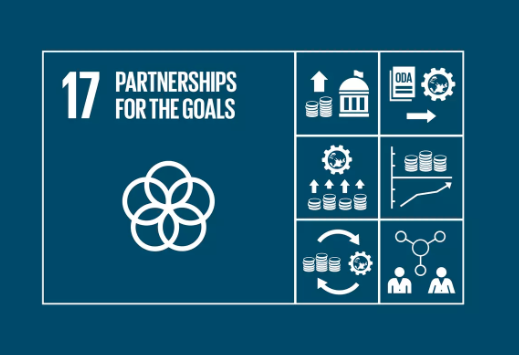
Incentives and Opportunities for Alignment with Country Systems
Last month, we explored opportunities for better resourcing for the data revolution – and found that calls for greater coordination particularly resonated. Amongst development providers, there’s concern about duplication of efforts – particularly in a political context of decreasing budgets and increasing scrutiny for aid.
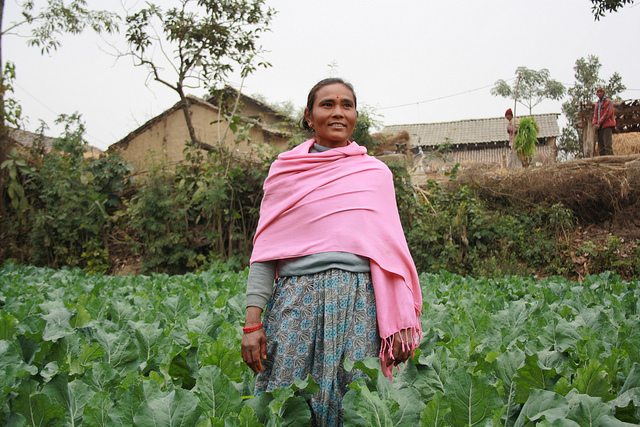
Incentivizing Data Quality and Use
Data-driven decision-making was considered a positive norm across countries researched during the UNICEF Data for Children pilot process. Ideally, the national data use cycle would consist of: (i) evidence-based planning; (ii) implementing programs according to plans; (iii) monitoring and evaluation (M&E) and reporting; (iv) analyzing data; and (v) making appropriate planning or program adjustments.
